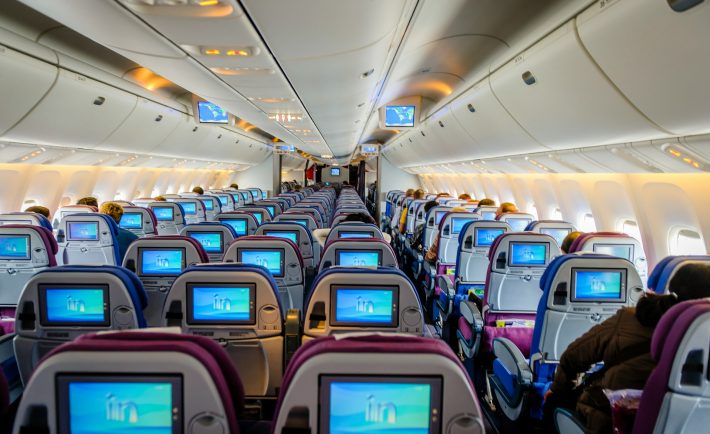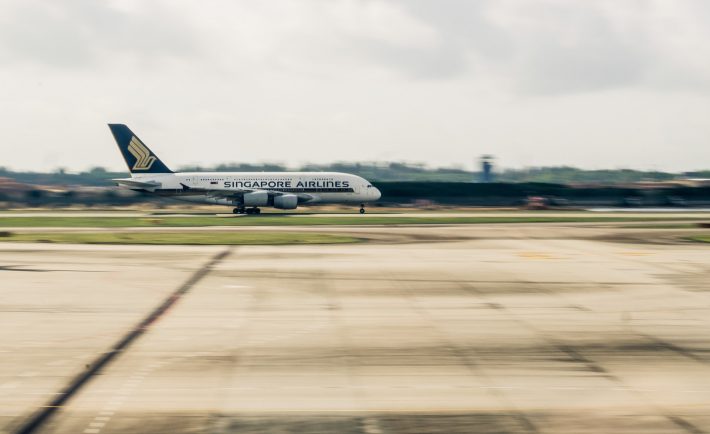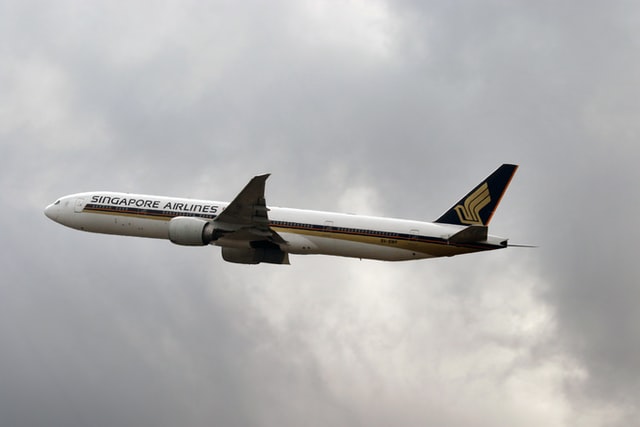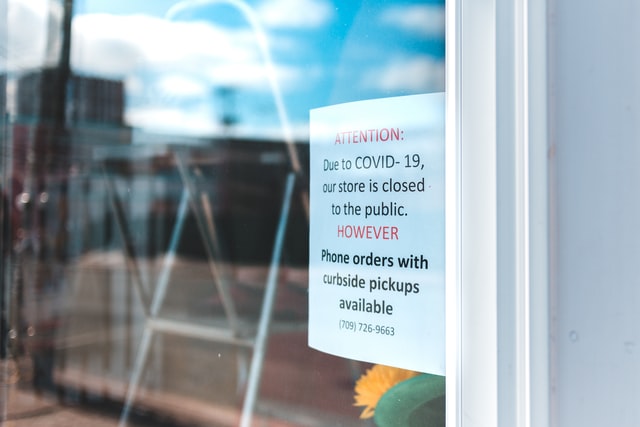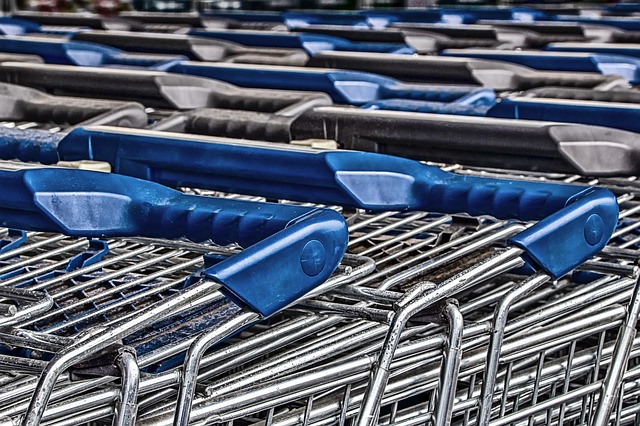As you make your way through the business class cabin to your seat in coach, it’s hard not to feel a twinge of envy. The plush seats, extra legroom, and attentive service are undeniably tempting.
But is upgrading your flight really worth the cost? Let’s explore the details.
THE DIFFERENCES
Economy Service on International Flights
In economy, you can expect a meal or snack, though the quality is often just average. Most airlines offer juice and wine during meal service. Your seat will have standard legroom, a small pillow, and a light blanket (i.e., items upon request). However, you might need to pay extra for headphones.
Premium Economy Service on International Flights
Premium economy offers all the benefits of standard economy with a few added perks. You’ll enjoy about three extra inches of legroom, complimentary earbuds, dedicated overhead storage, early boarding, and a small amenity kit with earplugs and a sleeping mask on long-haul flights.
Business Class on International Flights
Business class enhances comfort with more legroom, greater seat recline, and a footrest. You’ll benefit from expedited check-in, early boarding, dedicated overhead bins, and a more private cabin. The dining experience is elevated with more frequent food, snack, and drink service. You’ll also receive a premium amenity kit, higher-quality pillow, thicker blanket, and noise-canceling headphones.
First Class or Premium Service on International Flights
Expect lay-flat seats, a larger entertainment system with noise-canceling headphones, lounge access, expedited check-in and boarding, and extra overhead bin space. The premium amenity kit may include pajamas, and you’ll be treated to a welcome cocktail, premium wines, and gourmet meals served on fancy plates. Some flights even feature suites with doors for added privacy.
CONSIDER THESE FACTORS
#1: FLIGHT DURATION
The length of your flight is a critical factor. For flights under 7-8 hours, the upgrade might not be worth it. However, for longer flights to USA, Africa, New Zealand, or Europe, the enhanced comfort can significantly improve your travel experience.
#2: COST
Cost is a major consideration. Upgrading from economy to premium economy on a flight might cost an extra SGD 135 to SGD 270, which can be a worthwhile investment for the added comfort. However, upgrading to first class can add SGD 2,700 to SGD 5,400 to your ticket price, translating to SGD 337.50 to SGD 675 per flight hour. Assess if the additional legroom and perks are worth the hefty price.
Consider upgrading only the longest leg of your journey to save money. Airlines often offer upgrade deals after booking, which can be significantly cheaper than the original first-class ticket price.
#3: TRAVELING WITH KIDS
For families traveling with children on long flights, an upgrade can make a world of difference. The additional space and comfort can help everyone get some rest, making it easier to hit the ground running when you reach your destination.
#4: FLIGHT ANXIETY
If flying makes you anxious, upgrading can help alleviate some of that stress. The more spacious and comfortable environment, with less crowding and noise, can make the experience more relaxing, even if the actual flight isn’t any safer in a premium cabin.
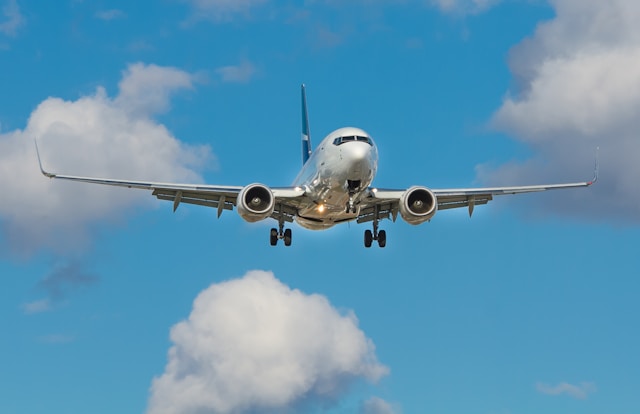
Image Credits: unsplash.com
#5: BAGGAGE ALLOWANCE
Upgrading often comes with increased baggage allowances. Some airlines allow up to 20 lbs more luggage for premium passengers, which can save you from expensive overweight fees. If you tend to overpack or shop a lot on your trips, this added benefit can be very useful.
#6: AIRLINE REWARDS PROGRAMS
Frequent flyers can benefit from airline rewards programs that offer free or discounted upgrades. Take advantage of these programs!
#7: TIME SAVER
Premium passengers can often skip the long lines at check-in and security, which can save a significant amount of time. This is especially valuable if you’re on a tight schedule or have a business meeting right after your flight.
IN A NUTSHELL
Whether upgrading your flight is worth it depends on various factors, including flight duration, cost, personal comfort, and travel needs.
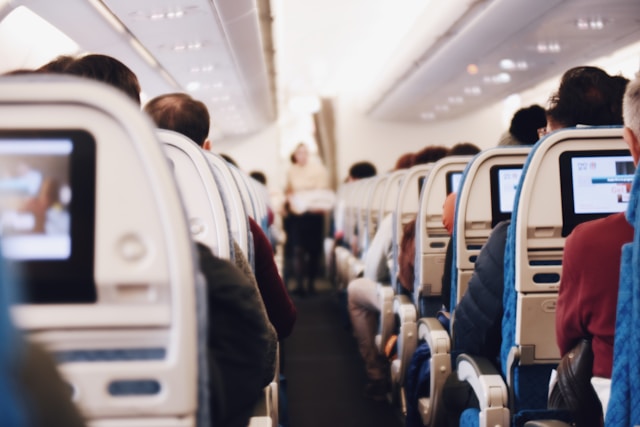
Image Credits: unsplash.com
For long-haul flights, the increased comfort and additional perks can make a substantial difference. However, for shorter trips, the extra expense might not be justified. Assess your priorities and travel preferences to make the best decision for your journey.

